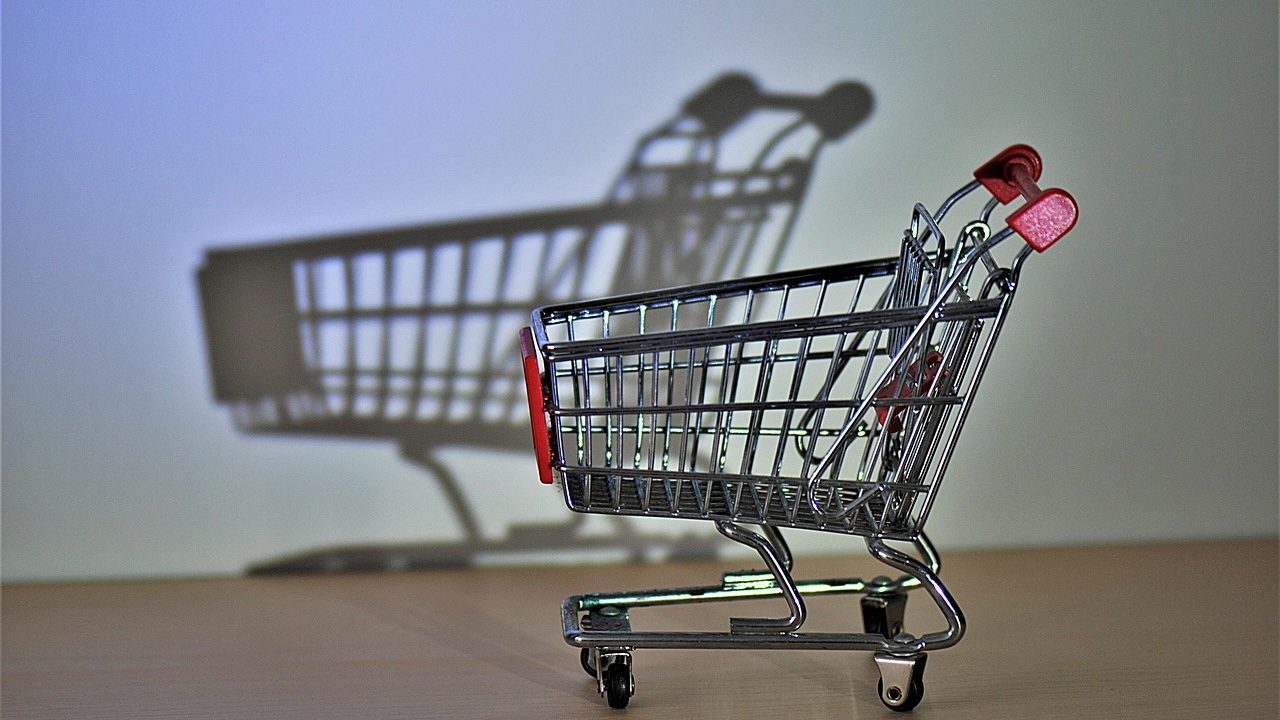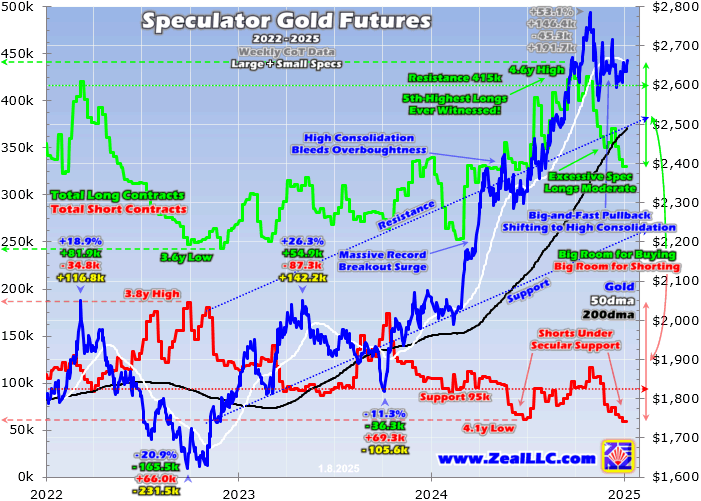Retail sales beat expectations in August, rising by 0.1 percent month-on-month. You might assume this means American consumers did better this month than last month. A deeper look into the context of these numbers offers another perspective.
The retail sales data only tells us that Americans spent more last month than they did the month before. But that doesn’t necessarily mean they got more stuff. In fact, when factoring in price inflation, we find that while Americans spent more in August, they got fewer goods and services for their money.
Raw retail sales data only tells half the story because it isn’t adjusted for price inflation. Retail sales reflect how much stuff people buy, along with rising or falling prices.
This means if prices are rapidly rising, retail sales can increase in dollar terms even when consumers cut back and buy less stuff.
In an inflationary environment, retail sales will always tick higher, unless consumers cut back their volume of purchases enough to offset rising prices. During deflationary periods (falling prices), retail sales will fall, all things being equal, unless people buy enough extra goods and services to offset falling prices.
In other words, just because dollar widget sales increase doesn’t mean people bought more widgets. It could be that they bought fewer widgets but paid a lot more for them. Conversely, falling sales could reflect price drops and doesn’t necessarily mean people purchased fewer widgets.
The CPI in August came in at 0.2 percent. This accounts for the totality of the 0.1 percent increase in retail sales. Looking at these data points together, we find that Americans spent more money but ended up with less stuff.
It’s also important to consider how Americans are spending.
Of late, Visa and Mastercard have funded the American consumer.
We won’t get the August consumer credit data until next month, but we can get a sense of what’s going on by looking at the July numbers.
There was a large and unexpected jump in consumer spending in July, with retail sales surging by 1.1 percent. Meanwhile, non-revolving debt, primarily made up of credit card balances, rose by 9 percent ($10.6 billion).
So yes, Americans spent. But they borrowed to do it.
Looking at the numbers out of context might make you think that American consumers are healthy, wealthy, and wise, and enjoying the good life. In reality, it appears they are trying to keep up with rising prices using credit cards charging over 20 percent in interest.
If you’re an optimist, you can praise the resilience of American consumers. After all, they’ve managed to keep spending even with prices rapidly rising.
If you’re a pessimist, you might note that Americans have blown through their savings and are increasingly using credit cards to handle everyday expenses, a strategy that might not be sustainable.
Read the full article here












Leave a Reply